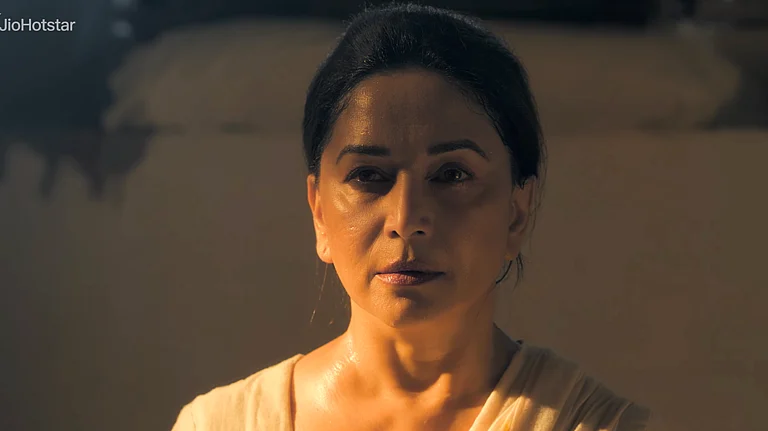It is easy for the uninitiated to enter DAG’s exhibition, Histories in the Making and mistake it for literal views of brick and mortar. But much like the magic of the medium that is photography, there’s more to it than meets the eye.
The irony of the photographs lies in the intention of their creation in colonial India by the field surveyors under the crown, to capture the details of the ancient monuments in the intricate details that only photography can provide.

For the coloniser, it was assumed that the histories of the natives were embedded in the ruins of the temples and monuments. Unlike the colonised eye, which is uninformed and imagining, the British scientific temperament is the only possible and logical way to study and survey.

While the exhibition presents these images in the light of objective reality, much like it was intended to be, it also plays a vital role in creating a timeline, from the surveys to the picturesque. In the process, it explores the evolution of photography itself, from the fields of science to that of arts, a medium of infusing abstraction and memories. Take Felice Beato’s photographs, where he shows places of mutiny and emptiness but contextualises the spaces as reservoirs of the past when entering the space of art practice.
The exhibition can also be seen as a study of the gaze, a juxtaposition of colonial and nationalist sentiments, and a comparison of how the people see the monuments entirely differently. While the conquerors were accounts of the places and riches they took over, by the latter half of the 19th century, many Indian films and photographers had successfully entered the space. The postcard section, carefully observed, shows While the colonial photographers presented the monuments with a generalised context, the Indians made it a point to rectify and embed the history more culturally vibrant and appropriate through the basic means of photographic captions and what the text tells.

Nationalist fervour can also be seen when places of historical context are photographed; the presentation’s method, composition, and choice show how it had evolved as a medium to not just show but tell. The photos of Narayan Vinayak Virkir, showing the Raigad fort in light of strength and power, not just mere monuments, show how photographic storytelling had already begun to take shape among Indian artists.
The picturesque images from India that followed suit record the acceptance of photography as a commercial art form. Samuel Bourne observed that the photographic image was held in greater artistic regard in India compared to its more scientific status in Europe at the time. This perception may have inspired him to elevate his own photographs to the level of fine art rather than simply serving as documentation.

The exhibition contains photographs as well as a range of related commodities. Postcards, folio books, and catalogues show how the economy, public knowledge around photography, and the diversity in usage of this form evolved.
DAG’s Histories in the Making creates an intricate net of the national and the colonial, of economy and art, and most of all, of the history of India and how it is seen and shown.
The monuments and their photographs transcend from documentation of archaeology to witnesses of the making of this country.

DAG’s Histories in the Making is exhibiting on DAG Windsor Place from August 31 to October 19, 2024.


























